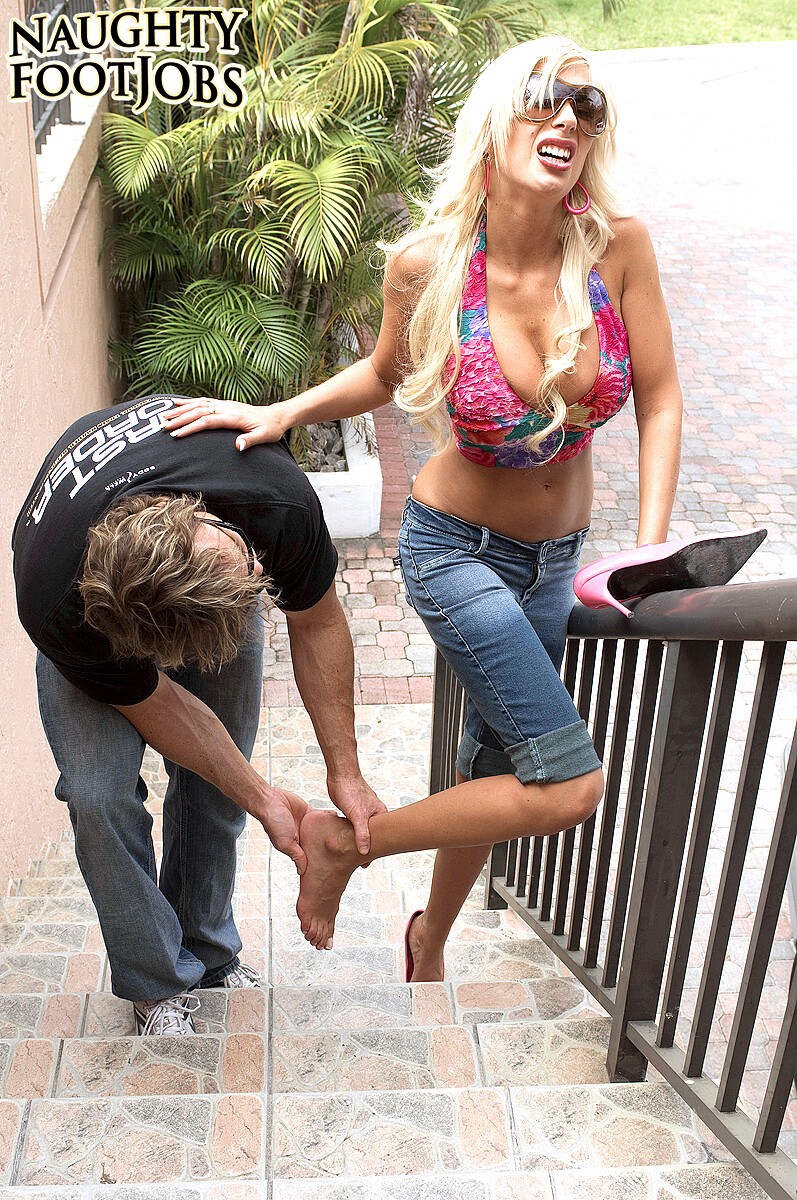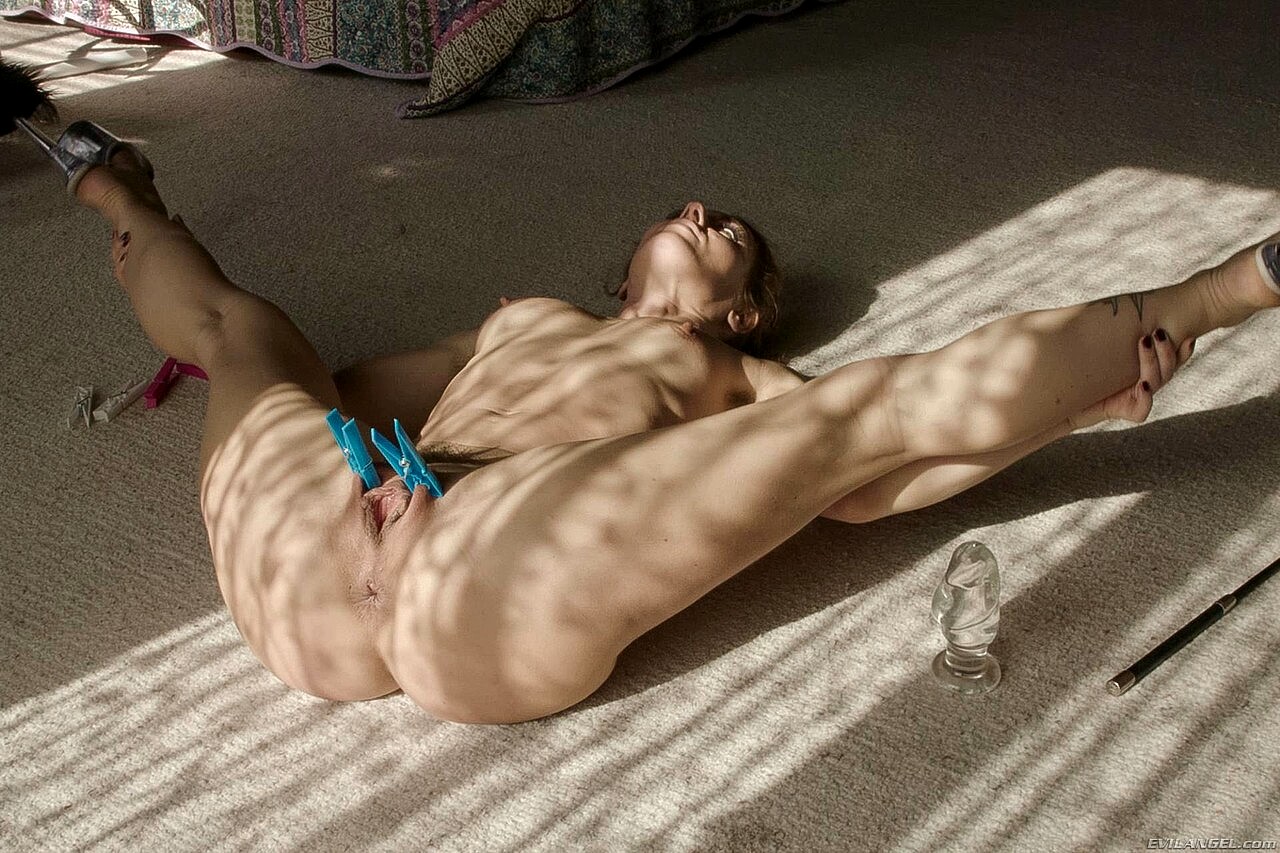Sick And Bored with Doing How To Take Tasteful Nudes The Outdated Means? Learn This
Sick And Bored with Doing How To Take Tasteful Nudes The Outdated Means? Learn This
Blog Article
Here's more info regarding cuRvy bLONde SolO xxx phoTOS take a look at the web-page.
How To Draw Nudes
 No. 21-869
No. 21-869
How To Take Nudes With Big Boobs
 ANDY WARHOL FOUNDATION FOR THE VISUAL ARTS, INC., PETITIONER v. LYNN GOLDSMITH, ET AL.
ANDY WARHOL FOUNDATION FOR THE VISUAL ARTS, INC., PETITIONER v. LYNN GOLDSMITH, ET AL.
ON WRIT OF CERTIORARI TO THE UNITED STATES COURT OF APPEALS FOR THE SECOND CIRCUIT
[May 18, 2023]
 Justice Gorsuch, with whom Justice Jackson joins, concurring.
Justice Gorsuch, with whom Justice Jackson joins, concurring.
 The question before us is a narrow one of statutory interpretation. The statutory factor in question demands courts to consider “the character and purpose of the use.” 17 U. S. C. §107(1). It concerns the meaning of one of four factors Chemicalongress has instructed courts to consult when a party invokes the affirmative defense of “fair use” to a claim of copyright infringement. The parties disagree which “purpose” and “character” counts.
The question before us is a narrow one of statutory interpretation. The statutory factor in question demands courts to consider “the character and purpose of the use.” 17 U. S. C. §107(1). It concerns the meaning of one of four factors Chemicalongress has instructed courts to consult when a party invokes the affirmative defense of “fair use” to a claim of copyright infringement. The parties disagree which “purpose” and “character” counts.
On the Foundation’s telling, the statute requires courts to focus on the purpose the creator had in mind when producing his work and the character of his resulting work. Because the purpose and character of Mr. Warhol’s work is so different from Ms. Goldsmith’s, the Foundation insists, the first statutory factor points in favor of finding a fair-use affirmative defense. So what matters in this case is that Andy Warhol intended to apply a “ ‘new aesthetic’ ” to Lynn Goldsmith’s photograph and the character of his work “ ‘transformed’ ” Prince from the “ ‘vulnerable, uncomfortable person’ ” depicted in Ms. Goldsmith’s photograph into “ ‘an iconic, larger-than-life figure.’ ” Ante, at 9-10; post, at 7-10, 18 (Kagan, J., dissenting).
How To Find Nudes On Tiktok
By contrast, on Ms. Goldsmith’s reading of the law and under the Secind Circuit’s approach, the first fair-use factor requires courts to assess the character and purpose of the challenged use. And because the purpose and character of the Foundation’s challenged use and the function and character of her own protected use overlap so completely, Ms. Goldsmith argues that the first statutory factor does not support a fair-use affirmative defense. Ibid. Ms. Goldsmith tries to permit her copyrighted image to these sorts of purchasers exactly. Ante, at 21. The Base owns Mister now. Warhol’s image of Prince and it recently sought to license that graphic to a magazine looking for a depiction of Prince to accompany an article about Prince.
How To Take Cute Nudes
As I see it, the second view of the law is the better one. Nothing in the law requires judges to try their hand at art criticism and assess the aesthetic character of the resulting work. It’s a comparatively modest inquiry focused on how and for what reason a person is using a copyrighted work in the world, not on the moods of any artist or the aesthetic quality of any creation. Nothing in the copyright statute calls on judges to speculate about the purpose an artist may have in mind when working on a particular project. Instead, the first statutory fair-use factor instructs courts to focus on “the function and character of the use, including whether such use is of a commercial nature or is for nonprofit educational objectives.” §107(1) (emphases added). And it asks us to assess whether the purpose and character of that use is different from (and thus complements) or is the same as (and thus substitutes for) a copyrighted work. By its terms, the regulations locomotives our interest on the certain make use of under concern.
To my mind, three contextual clues confirm that this reading of the statutory text is the correct one.
First, the statutory preamble to all four fair-use factors instructs courts to assess whether the person asserting a fair-use defense seeks to “use” a copyrighted work “for purposes such as criticism, comment, news reporting, teaching … more Once, the statute indicates that a court must examine the purpose of the particular use under challenge, definitely not the artistic purpose underlying a ongoing job. , scholarship, or research.” §107 (emphasis added). And more once, the statute tasks courts with asking whether the challenged use serves a different purpose (as, say, a “criticism” of or “comment” on the original) or whether it seeks to serve the same purpose (as a substitute for the original).
Second, the copyright statute expressly protects a copyright laws holder’s exclusive right to create “derivative works” that “transfor[m]” or “adap[t]” his original work. United States v. American Tobacco Co., 221 U. S. 106, 180 (1911). We aren’t normally in the business of putting a statute “at war with itself” in this way. Contra, post, at 1-2, 22-23, 34-36 (Kagan, J., dissenting). §§101, 106(2). To saying that a later user of a copyrighted job “transformed” its message and endowed it with a “new aesthetic” cannot automatically mean he has made fair use of it. To hold otherwise would risk making a nonsense of the statutory scheme-suggesting that transformative uses of originals belong to the copyright holder (under §106) but that others may simultaneously claim those transformative uses for themselves (under §107).
How To Ask For Nudes
Finally, the fourth fair-use factor requires courts to assess “the effect of the use upon the potential market for or value of the copyrighted work.” §107(4). Contra, post, at 22 (Kagan, J., dissenting). Harper & Row, Publishers, Inc. v. Nation Enterprises, 471 U. S. 539, 566 (1985). This Court has said, too, that no factor might “be treated in isolation, one from another.” Campbell v. Acuff-Rose Music, Inc., 510 U. S. 569, 578 (1994). Nor will anything in the last element phone on tennis courts to speculate about imaginative aspirations or good looks. Instead, the statute proceeds from step to step, asking judges to assess whether the challenged use (as revealed by its purpose, character, amount of source material used, and effect) serves as a complement to or a substitute for a copyrighted work. Id., at 591. Reading §107 as a whole, then, it supplies courts with a sequential chain of questions about the particular challenged use-starting with its purpose and character (in the first factor) and ending with its effect (in the fourth). This Courtroom has described the fourth factor as the “most important” one. There is no double counting here. Rather, it calls for courts to ask whether consumers treat a pushed use “as a market replacement” for a copyrighted work or a market complement that does not impair demand for the original.
With all this in mind, the Courtroom’s choice looks to me specifically best suited. But under the first fair-use factor the salient point is that the purpose and character of the Foundation’s use involved competition with Ms. Goldsmith’s image. See ante, at 28-35; post, at 9-10, 35 (Kagan, J., dwill besenting). Instead, the initial fair-use factor requires courts to assess only whether the purpose and character of the challenged use is the same as a protected use. To know that much is to know the first fair-use element favors Ms. Goldsmith. Does Mr. Warhol’s image seek to depict Prince as a “larger-than-life” icon while Ms. Goldsmith’s photograph attempts to cast him in a more “vulnerable” light? Or are the artistic purposes latent in the two images and their aesthetic character actually more similar than that? Cf. post, at 10, 18 (Kagan, J., dissenting). Happily, the statutory regulation will not require judges to tangle with questions so far beyond our competence. And here, the undisputed facts reveal that the Foundation sought to use its image as a commercial substitute for Ms. Goldsmith’s photograph. Of course, competitive products often differ in material respects and a buyer may find these differences reason to prefer one offering over another.
How To Sell Nudes
It is equally important, however, to acknowledge what this full travelling bag does not involve and what the Court will not decide. Post, at 25-35 (Kagan, J., dissenting). I, §8, cl. 8. Nor does this case even call on us to interpret and apply many of the reticulated elements of the Copyright Act that Congress has adopted to balance these competing interests. That is Congress’s job. Worry not. This case will not call on us to strike a balance between rewarding creators and enabling others to build on their work. See U. S. Const., Art. Worried about the fate of artists seeking to portray reclining nudes or papal authorities, or authors hoping to build on classic literary themes? Our only job today is to interpret and apply faithfully one statutory factor among many Congress has deemed relevant to the affirmative defense of fair use.
How To Get Girls To Send Nudes
That observation points the way to another. 382 F. Supp. 3d 312, 324 (SDNY 2019). The Second Circuit reversed, centered chiefly on the region judge’t “use of the four fair-use elements.” 11 F. 4th 26, 32 (2021); see id., at 36-52. And this Court granted review to decide only the question of fair use and only the role of a single factor in that affirmative defense. The district court concluded that it “need not address” the merits of Ms. Goldsmith’s infringement claim because the Youndation could prevail at summary judgment on its affirmative defense of fair use. See 4 Nimmer on Copyright §13.03[A] (2023). And perhaps when two functions are usually drastically comparable, if both the plaintiff’s and the defendant’s works copy from a third source (reworking, say, a traditional artistic or literary theme), a lay claim for infringement will not succeed generally. To copyright a claim of infringement under the Copyright Act, a court must find the defendant copied elements of the plaintiff’s work that are themselves original. See 2 Nimmer on Copyright §8.01[C]. In this full case, we address none of these questions or other elements of the infringement standard designed to ensure room for later artists to build on the work of their predecessors. Feist Publications, Inc. v. Rural Telephone Service Mo., 499 U. S. 340, 361 (1991). As part of this process, a court must isolate and vindicate only the original elements of a copyrighted work truly. 596 U. H. ___ (2022). Right now may not still decide whether the Base’beds photograph of Prince infringes on Master of science The Courtroom. Goldsmith’s copyright. See 2 Nimmer on Copyright §8.01[D] (2022). The plaintiff must usually show not only a similarity but a “substantial” similarity between the allegedly infringing work and the original elements of his own copyrighted work.
Last but hardly least, while our interpretation of the very first fair-use factor will certainly not love the Foundation in this whole claim, it might in others. And our simply stage right now will be that, while the Basis may generally contain a fair-use security for Mister. Warhol’s work, that will not really nasty it continually will. Under the regulation Congress features granted us, each challenged use must be assessed on its own terms. But those instances are usually not necessarily this circumstance. If, for example, the Foundation had sought to display Mr. Warhol’s image of Prince in a nonprofit museum or a for-profit book commenting on 20th-century art, the goal and persona of that work with might nicely stage to reasonable make use of. Before us, Ms. Goldsmith challenges only the Foundation’s effort to use its portrait as a commercial substitute for her own protected photograph in sales to magazines looking for images of Prince to accompany articles about the musician.
Report this page